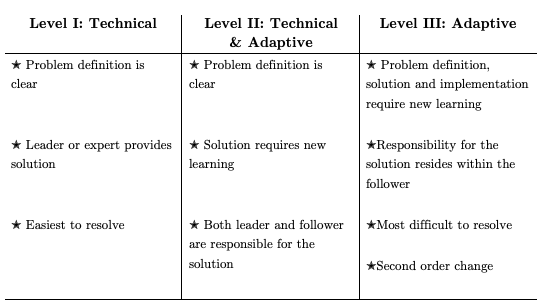
How to thrive at work: Try the value tool and get to live your values at work
Life can go up and down, getting you into sidetracks or even off track but finding your way is often guided by your values. These values are the compass that helps us navigate through the ups and downs, making choices and decisions that resonate with our true selves. Brené Brown, a renowned researcher and author, has found the importance of identifying our core values. In this article, we’ll delve into the process of finding your top three values and how they can be your guiding lighthouse in life.




